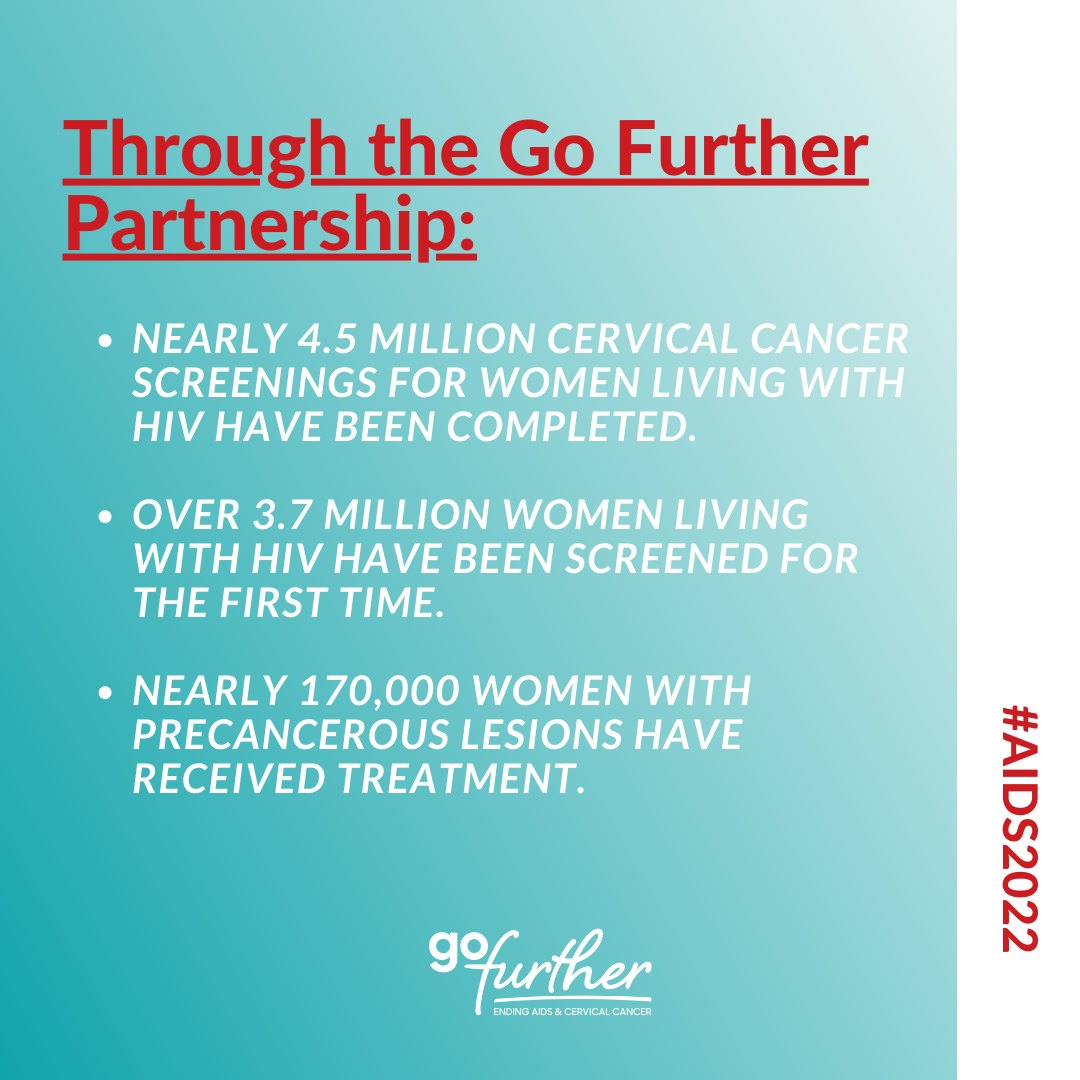My first job out of school was in a picturesque city named Oshkosh, Wisconsin, a compact town of 75,000 tucked neatly against the picturesque Lake...
My first job out of school was in a picturesque city named Oshkosh, Wisconsin, a compact town of 75,000 tucked neatly against the picturesque Lake Winnebago, and I have almost nothing but fond memories of living there. I say “almost” because there was one thing that drove me crazy about living there: stopping. Or, to be more specific, how the typical resident behaved at intersections.
In most places, if two cars approach a stop sign from the opposite direction and are going straight, the cars can proceed simultaneously after coming to a complete stop. The car going south does not have to worry about the car going north, since their paths do not cross.
In Oshkosh, the unwritten rule was very strict: only ONE car through an intersection at a time. It meant that only when the southbound car is completely through the intersection can the northbound car go. A failure to adhere to this unwritten rule resulted in glares, angry honks, and an occasional epithet yelled my way.
The behavior at Oshkosh’s stoplights also drove me bonkers. For reasons I still cannot fathom, most people tended to put their cars in park at a red light. When the light turned green, it took everyone a few seconds to register the change, put their foot on the brake, shift back into drive, check to make sure they did, indeed, put it into the correct gear, and then look around before hitting the gas and proceeding. A light that remained green for only 10 seconds might not get more than one or two cars through in that time.
I’m venting about my one frustration with an otherwise glorious place to live because of the news that the Transportation Department made its first policy pronouncement on driverless cars, beginning with the admonition that states and localities go slow on fully embracing these things.
I’ve got news for Ray LaHood and the DOT: There are already enough forces slowing this down without the need for the government to throw up their hands and yell whoa.
When people think of driverless cars, their minds go to people being able to sit in cars and do other things while they are being driven to work. In fact, allowing people to be more productive in their car is the least of the reasons for us to hurry to adopt driverless cars.
The bigger reason is that some people sell it as a panacea to the traffic congestion that plagues most major cities these days. Even in heavily congested roads, automobiles only cover 10-15% of the roadway, with the space drivers need to put between them and the other cars taking up the rest. Self-driven cars that link to each other could get a lot closer and still move at a normal speed, dramatically increasing a road’s throughput.
It sounds like an almost magical solution to an intractable problem, and it is — so long as everyone participates. And that’s the rub. The stoplight problem in Oshkosh is by no means unique to Oshkosh or even small Midwestern communities. Most mornings I begin my day by walking over the Taft Bridge in Washington, DC, to take my daughter to school. We walk not just because it’s fun but because it’s generally faster to walk the mile to her school than it would be to drive, as most days the traffic is backed up on the entire length of the half-mile bridge.
It is backed up because the light doesn’t last that long, and of the first half-dozen cars in line at the light, invariably one of them is not paying attention and sits there until a flurry of car horns wakes that person up, invariably just in time for the daydreamer and no one else to get through the light. And the people who just missed the light sit in their cars steaming for another minute with their feet hovering over the accelerator while the first or second driver behind the group of the aggrieved keeps doing the crossword puzzle or trimming his nails and then screws over the people behind him. Rare is the driver waiting on the bridge who’s not multi-tasking, we have observed.
Driverless cars would allow all cars to immediately hit the gas the second the light turns green, and suddenly the rush hour bridge backup becomes a thing of the past.
However, this only works if everyone has the technology; put a car in there that doesn’t have an up-to-date computer and sensors in his car, and he’ll be the one who needs five or 10 seconds to get his bearings before he starts his car, or who needs a lot more space on the highway than the driverless cars. Without everyone participating, most of the benefits from driverless cars fail to materialize, or at the very least are much less than their full potential.
How do we get full participation? If anyone thinks that the government’s going to be able to mandate that people ditch their old cars and get new cars (or even get costly equipment for their old cars), they’re delusional. Conservatives have a mixed record at best in supporting attempts to use market forces (such as congestion pricing or vehicle-miles fees) to alleviate congestion, and liberals haven’t been much better, despite the potential such schemes have for dramatically reducing smog, a key component of greenhouse gases.
Telling people that they need to upgrade their 10- or 15- or 20-year-old car for the good of everyone else promises to be fodder for the opposition, regardless of which party that happens to be. I can picture right now a press conference with a gaggle of aggrieved senior citizens standing behind a gaggle of indignant politicians.
The solution will involve giving millions of drivers a subsidy to induce them to get the necessary hardware and software for their cars. Again, such a costly program would be easy to attack, making it problematic for limited-government conservatives to vote for. I’m not sure I can conceive a political solution for universal adoption.
I’m generally excited by the raft of new technologies that the computer revolution has brought to us, and I think a lot more is coming down the pike. I just think that on radical changes where we need the government to lead the charge, it will not happen.































